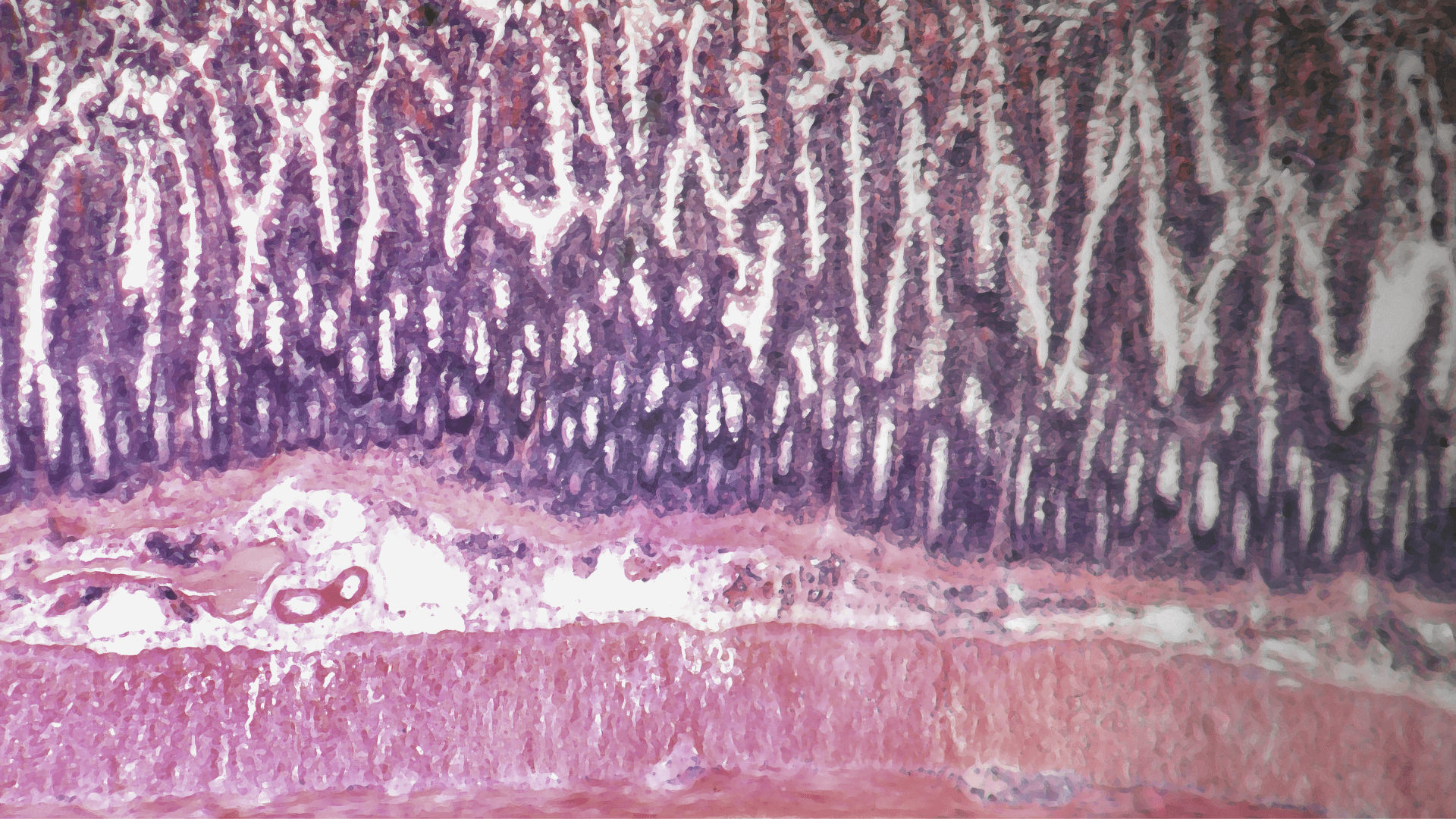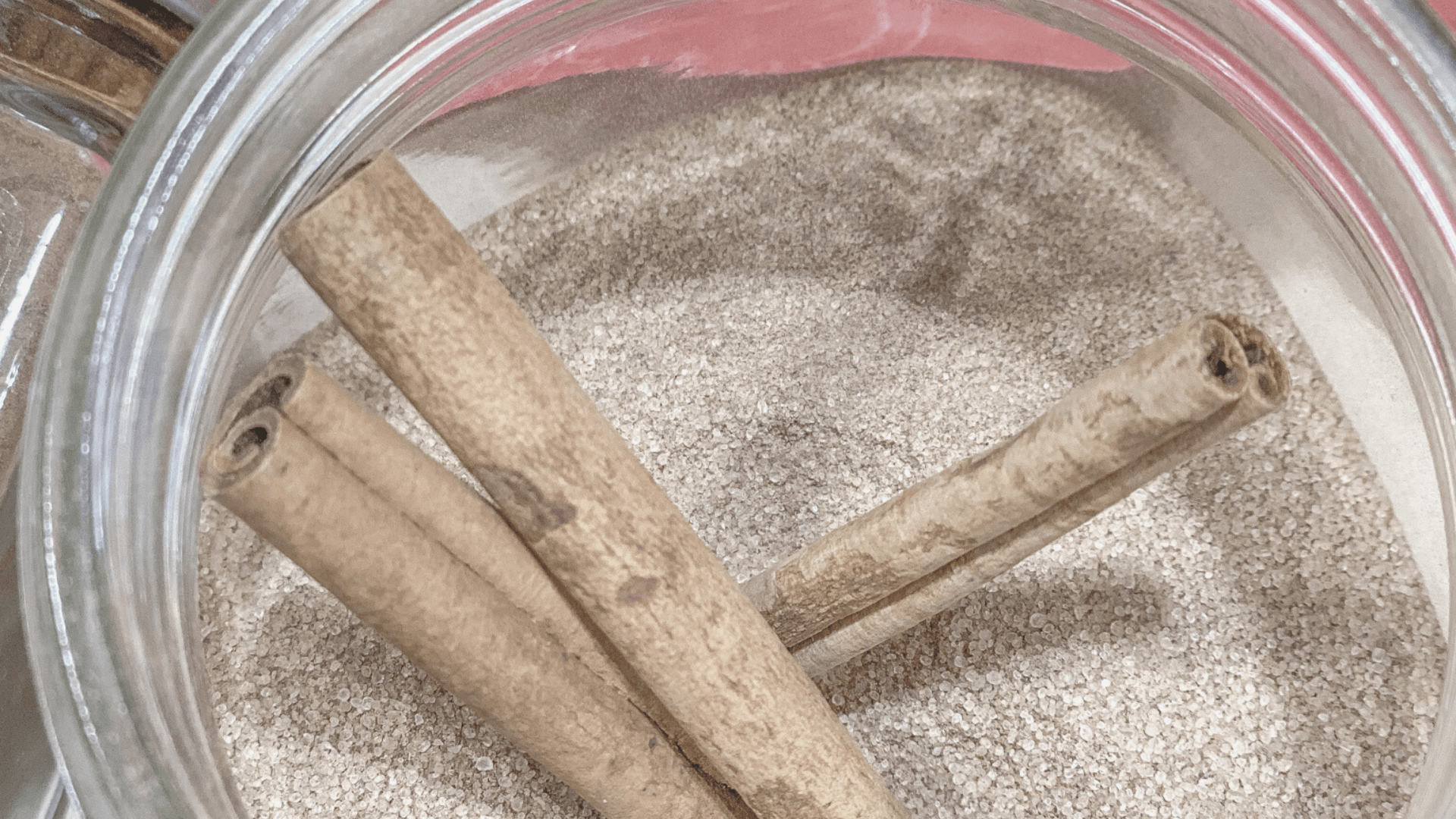Aquatru reviews are on the rise, and since we have one, I want to give you my own.
Some of the links in this post are affiliate links. This means if you click on the link and purchase the item, I may receive a small commission at no extra cost to you. All opinions remain my own.
Have you heard about the Aquatru system yet?
The better question might be, “What the heck! Do I even need a water filter at home?”
The Environmental Working Group (EWG) has released statistics on pollutants in US drinking water.
From 2010 to 2015, 267 contaminants were identified in 50,000 public water utilities across the country.
Chemicals were identified in the water taps of almost 19 million people in New York and nearly 20 million people in Texas, with California having the greatest concentrations.
The EWG database allows anyone to search for contaminants in their local water supply and what type of filter could assist them in removing chemicals from their drinking water.
Don’t hesitate to utilize their awesome resources; I am constantly!
Click HERE to save these toxic chemicals found in our water supply for later.

Contaminants found in water:
Atrazine
Can disrupt hormones, induce cancer, cause harm to the growing fetus and reproductive system, and alter the nerve system, brain, and behavior.
Barium
Can result in hypertension and be damaging to the kidneys, heart, and blood vessels
Glyphosate
Can cause cancer and is toxic to the fetus and kidneys
Nitrate
Can induce cancer and is detrimental to prenatal growth and development
Toxic Fluorinated Compounds or PFAS
Can result in cancer, hormonal imbalance, and adverse effects on prenatal growth, child development, the immune system, and the liver.
Trihalomethanes
Causing bladder and skin cancer, as well as impairing prenatal growth and development.
EWG Tap Water
Contaminants in the nation’s tap water include:
- 93 have been associated with a higher risk of cancer. Over 40,000 water systems tested positive for known or potential carcinogens above established federal or state health guidelines—levels that pose minor but real health hazards yet are not legally enforced.
- 78 are related to injury to the brain and nerve system.
- 63 are associated with developmental damage to infants or fetuses.
- 45 are associated with hormonal disturbance.
- 38 that may result in infertility.
According to EWG data, approximately 19,000 public water systems had at least one lead detection at levels that pose a risk to bottle-fed children between 2010 and 2015.
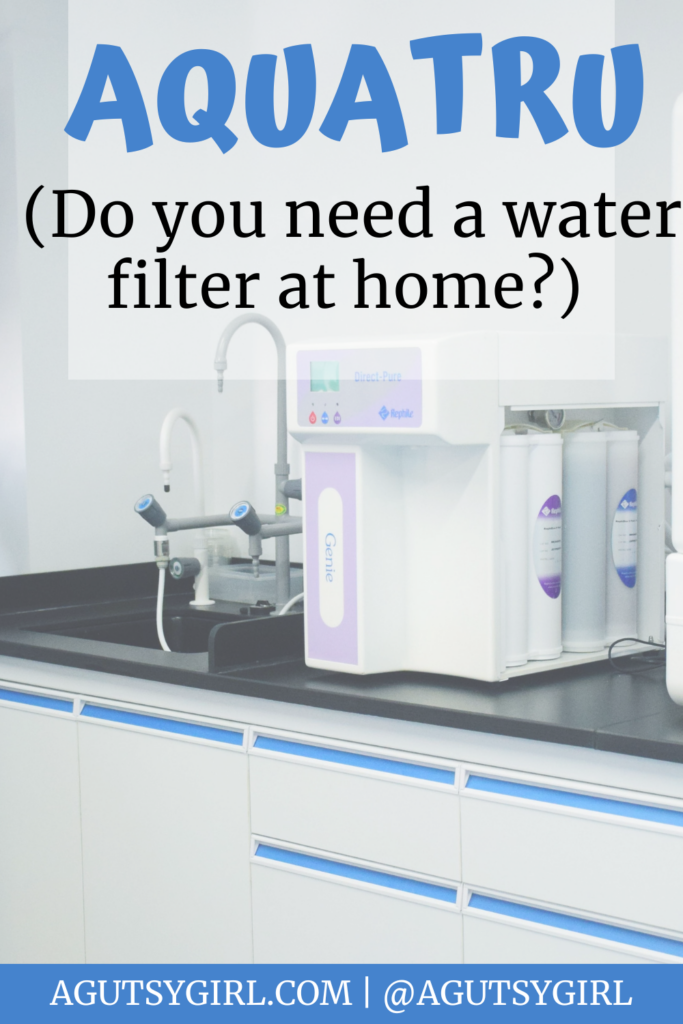
Water Quality Testing
Did you know that physical, chemical, bacteriological, and microscopic testing methodologies and parameters can be classified?
If you want to totally nerd out on water quality testing, it’s all right HERE.
Because you probably won’t want to go through the whole article, here are some main (and basic) points:
- Physical tests indicate properties detectable by the senses.
- Chemical tests determine the amounts of mineral and organic substances that affect water quality.
- Bacteriological tests show the presence of bacteria, characteristic of faecal pollution.
- The pH value indicates the concentration of hydrogen ions in liquids; it also determines the relative acidity or alkalinity of water. Alkalinity levels greater than 9.5 indicate that the water is alkaline, while values less than 3 indicate that the water is acidic. A pH level of 6.5 to 8.5 is typically safe for drinking.
- Chemical analysis determine the concentrations of mineral and organic components that affect the quality of drinking water.
Water quality sampling and testing enable the establishment of baseline values, thereby increasing knowledge and awareness of a water body’s unique concerns.
Alkalinity and conductivity are analogous to the physical characteristics that any lake or pond should have.
Water test results can provide instant value and assist in determining the best course of action for a particular body of water.
Furthermore, they can indicate whether maintenance is required or whether a system/filter should be implemented.
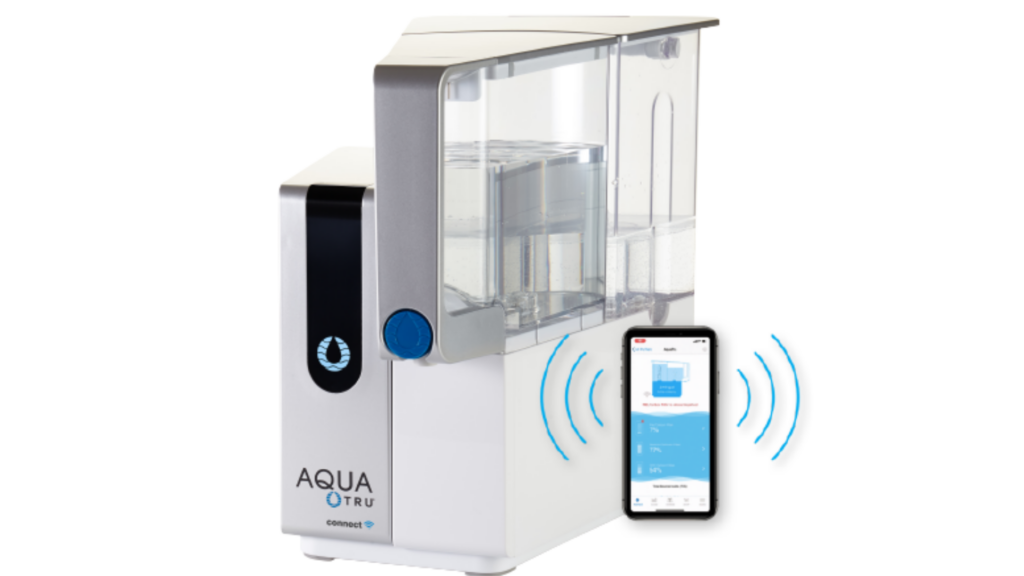
Cloudy Tap Water
Ever looked at your tap water and thought, “Why the heck does it look like cloudy tap water?”
Here are 3 main reasons for cloudy tap water:
- Cloudiness in water can be created by a difference in water pressure between the pipe and the glass, or by microscopic air bubbles in the water. Like any bubble, air rises to the surface of the water and cleans it. White water comes from air bubbles in the water. This is not risky. It happens when it’s very cold because the solubility of air in water increases with water pressure and/or temperature. Cold water holds more life than in the winter; water from a cold and hot tank flows to the faucet.
- Water may appear hazy due to particles such as sand, silt, or rock that do not dissolve. While particle are safe, it can make water appear unclean. Using a private water supply can assist clean and filter drinking water, as well as destroy hazardous germs.
- Limescale forms when hard water heats. These are the white deposits seen after boiling water in a kettle. Hard water is caused by the presence of specific minerals, which can be removed using water filters or other methods.
How to Dechlorinate Tap Water
You can drink chlorine in tap water or breathe it in while bathing.
Either way, it’s unpleasant and has a distinct chlorine taste. It affects skin, hair, and health.
Chlorine can dry out skin and hair. This can cause asthma episodes and eczema flare-ups. Furthermore, chlorine can harm the bladder.

Here are 5 methods for dechlorinating your water
- Passive Method or Letting Water “Breathe: Allowing the water to sit in a container or pond until the chlorine disintegrates from exposure to air and sunlight. This procedure is helpful for aquariums because the chlorine evaporates.
- Boiling Water and Letting it Cool: Boiling the water for 15–20 minutes degasses it and evaporates the chlorine. This procedure is faster than adding chloramine to the water; however, it does not function when you add chloramine because it is more active than chlorine.
- Chemical Method: Passive dechlorination takes longer than chemical dechlorination. Water purifiers can use sulfur compounds to dechlorinate water. However, to properly neutralize chlorinated water, operators need to use sulfur-based compounds with caution.
- Vitamin C Dechlorination: Neutralizing chlorine with vitamin C is a recent chemistry ascorbic acid and sodium ascorbate are both chlorine neutralizers. Vitamin C is commonly used to eliminate chlorine and chloramines from large volumes of water, including swimming pools, hot tubs, and baths. Cons: requires vitamin C tablets or powder, lowers pH of water; however in tiny doses is good for fermentation.
- Installing a Water Filter System: Filtering water removes chlorine and chloramines. Any water outlet can provide filtered water, but a full house water filter is required. A reverse osmosis filter also provides clean, pure water for drinking.
Sources: HERE, HERE, and HERE.
Aquatru Reviews
So all of this talk about water and making sure it’s as high quality as possible brings me to the Aquatru review.
After we got the AirDoctor, I wrote a huge post on it and why air filters are beneficial.
That’s what this Aquatru water filter review post is about, too.
I got an Aquatru countertop water filter, so here I am with a huge post on the water filtration system and why we got one.
No More Bottled Water
First, the practicality of it all.
Do I purchase and drink bottled water when absolutely necessary? Yes, of course. I am not perfect. But do I loathe it and refrain as often as possible? 100%.
You waste a lot of money each time you make a bottle water purchase. In fact, here is a stat from Aquatru,
Just one set of filters in our AquaTru countertop purifiers replaces the equivalent of 4,500 single-use plastic water bottles.
Not only that, but single-use water bottles are pure waste plus plastic water bottles mean that even more chemicals seep into the water.
These reasons are the truest and most honest for why I wanted the Aquatru product for our house.
Besides that….
Water Purification Systems
With AquaTru, it’s more than a filter. It’s pure, going through a 4-stage filtration process.
AquaTru’s patented 4-Stage Ultra Reverse Osmosis Technology is certified to NSF standards to remove 83 contaminants, including Lead, Chlorine, Fluoride, Nitrates, PFAs and many more.
Reverse Osmosis Countertop Water Filter
To reverse osmosis, you must add energy to the more saline fluid.
A reverse osmosis membrane is semi-permeable to water molecules but not to dissolved salts, organics, bacteria, or pyrogens.
Since its introduction as residential water purification devices in the 1970s, reverse osmosis water purifiers have increased in popularity. A RO (= reverse osmosis) system is now highly desirable for home use due to its superior filtration process.
A semi-permeable membrane separates impurities from water, leaving it a high quality water, clean and safe to drink.
Its high-pressure system aids in purification making it the best tasting water.
I can confirm – the taste is incredible; it’s delicious water.
Some Advantages of Reverse Osmosis for Water Filtration Systems
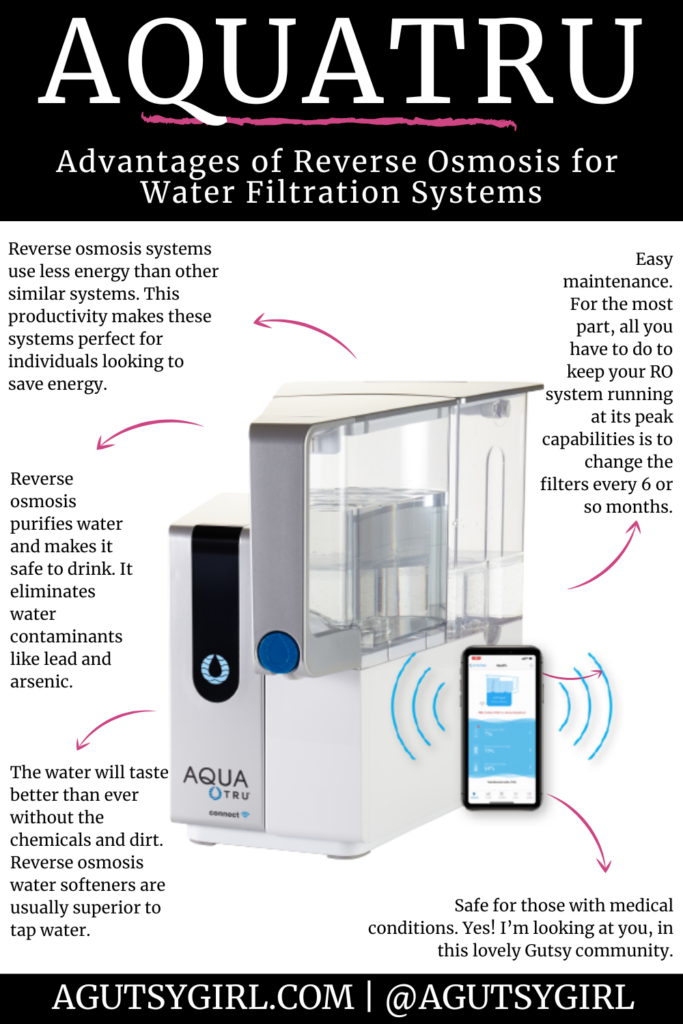
Here is the general information….
- Reverse osmosis purifies water and makes it safe to drink. It eliminates water contaminants like lead and arsenic.
- The water will taste better than ever without the chemicals and dirt. Reverse osmosis water softeners are usually superior to tap water.
- Reverse osmosis systems use less energy than other similar systems. This productivity makes these systems perfect for individuals looking to save energy.
- Easy maintenance. For the most part, all you have to do to keep your RO system running at its peak capabilities is to change the filters every 6 or so months.
- Safe for those with medical conditions. Yes! I’m looking at you, in this lovely Gutsy community.
Unhealthy or contaminated water can cause further infections resulting in deterioration of health.
Sources: HERE, HERE, and HERE.
Fluoride Water Filter
Fluoride is controversial. I won’t argue that point.
Around 67 percent of public water systems in the US have fluoridated water. Your water is probably contains two-thirds fluoride.
The American Dental Association, the American Medical Association, and the Centers for Disease Control and Prevention all support adding fluoride to public water sources.
The US Department of Health and Human Services proposed reducing the level of fluoride to 0.7 milligrams per liter in 2015.
Years of scientific studies have demonstrated that fluoride reduces tooth decay and cavities, saving you thousands of dollars in dental expenditures.
However, many people believe fluoride is harmful to our overall health.
While fluoride is effective for topical use for teeth, consuming fluoride at unsafe levels can cause skeletal fluorosis, making bones more brittle.
And many do not want fluoride in their daily routine. I’m one of them. And that’s okay.
Regardless, the Aquatru unit contains a fluoride water filter.
How to Use the AquaTru Water Purifier
Now, here’s how easy it is to use the Aquatru water filter.
You will want to make sure to wash your water tank for the first time with soapy water. Also make sure that after using the soap, you return to a clean water tank. You want the tank as clean as possible each time you fill it with water.
If I had to choose a “con” for the product it would be that the Aquatru countertop filter system is somewhat large. And since it’s a countertop unit it must sit on, you guessed it, the countertop.
I’ve been trying to clear off all kitchen clutter, and my Aqua tru is sort of large. However, the benefits are definitely outweighing the negative.
In addition to the fact that I think this is the best water filter, here are some other unique features and facts you might be interested to know:
- I have the Countertop Reverse Osmosis Water Purifier, but there is also an Alkaline Countertop Reverse Osmosis Water Purifier and Under Sink Reverse Osmosis Water Purifier (and that’s how I can potentially save my counter space).
- You will need to purchase replacement filters at some point, but the Aquatru filter replacement is a reasonable price.
- No plumbing is required!
- The amount of water waste is minimal. With your Aquatru, for every 1 gallon of tap water, 3/4 of a gallon of purified water is produced.
- They undergo rigorous testing, and provide transparent test results for their products.
I waited a very long time to get a filtration system like this.
And now I can absolutely recommend you get one as soon as you can!
If you liked this post you might also enjoy:
Xox,
SKH
🤰 bloating be gone! weight loss through optimal gut health for women
💃ʜᴇᴀʟ ʏᴏᴜʀ ɢᴜᴛ. ʜᴇᴀʟ ʏᴏᴜʀ ʟɪfe.
🫶🏻 founder gutbyome.com

